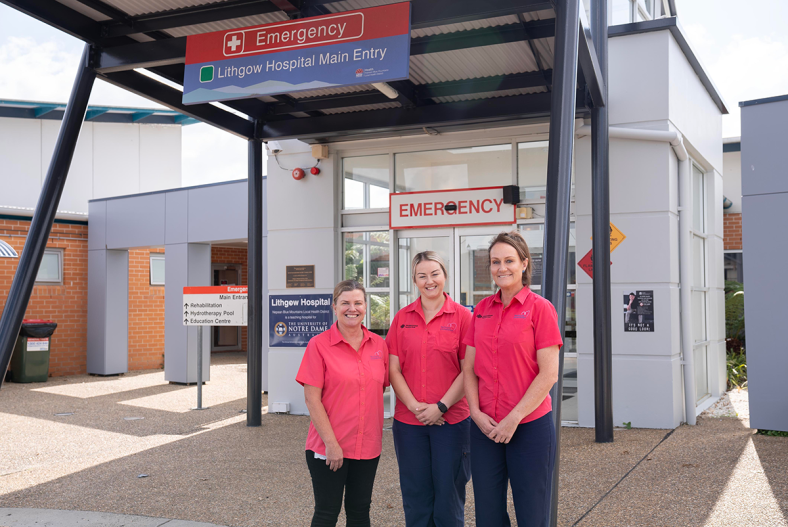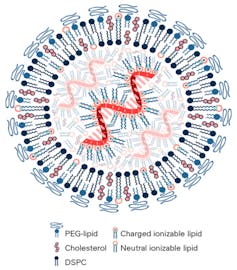Another year of flooding flows in the Murray-Darling Basin, along with strategic use of water for the environment, has resulted in a ‘boom’ in waterbird breeding for the second year in a row.
Almost one million Straw-necked ibis chicks have hatched and fledged in the past two years alone.
More than 30,000 pelicans bred at Lake Brewster in NSW in 2022-23, the species’ largest breeding event in the Basin in three decades.
Pelicans also bred for the first time in more than 20 years at Dharriwaa (Narran Lakes), an internationally significant Ramsar site near Brewarrina in NSW.
Other internationally important sites also saw large scale waterbird breeding in the past 12 months. Around 200,000 waterbird nests were counted in the Macquarie Marshes and 55,000 nests at the Gwydir Wetlands in NSW.
More than 102,000 waterbird nests were also observed in the lower Murrumbidgee at Gayini.
Commonwealth Environmental Water Holder Dr Simon Banks said water for the environment had worked hand-in-hand with the wet conditions to rejuvenate the landscape, which had a flow-on effect for both plants and animals
“Heavy rain and flooding had a significant impact on some of our Basin communities, with those after-effects still being felt by many people,” he said.
“The floods also provided an important opportunity for our rivers and wetlands – the health of which is fundamental to our local economies – to reset and recover on scales that we cannot match with water for the environment.
“Some floodplains and woodlands have been wet for the first time in more than 50 years, revitalising the vegetation.”
Dr Banks said the increased water flows had triggered the nesting of hundreds of thousands of waterbirds across the Basin, which he hoped would help stem the tide of the previous 40 years of decline.
“Over the past 24 months we have observed some of the largest and most widespread breeding in 20 years,” he said.
“We have been partnering with state government agencies, First Nations people, scientists and local communities to use the available water to make the most of the wet conditions.
“Water for the environment has been used to top up wetlands to keep water around nests, which provides protection from predators.
“We also inundated nearby wetlands to ensure food and suitable habitats were available for fledglings, to give them the best chance of survival.”
Water for the environment also helped native fish populations to move, grow and survive.
Natural high flows triggered large-scale breeding and migration of Golden perch in places like the Darling-Baaka River and its tributaries, and in the lower Murray River.
“Large volumes of water for the environment were used in the mid-Murray, Murrumbidgee and Darling rivers to help improve the chances of native fish surviving poor water quality after the floods,” he said.
“By collaborating with locals on activities like diverting water through irrigation networks in the Edward Kolety-Wakool, we were able to reduce the number of fish deaths caused by low-oxygen water.”
The Commonwealth Environmental Water Holder also partnered with state and industry bodies in 2022-23 to fund critical infrastructure to support the health of both rivers and wildlife.
“Partnerships with other agencies on projects like the Tea Gardens Fishway and Taylors Weir Fishway are examples of where funds from selling a small percentage of our annual allocations can be used to support complementary environmental works or activities, to get the best value from environmental water,” Dr Banks said.
“But there is always more to be done. With the Bureau of Meteorology predicting a warmer and drier second half of 2023, it’s vital water for the environment is delivered to the places that need it most.”
More than 1,332 gigalitres, or around 533,000 Olympic swimming pools, of Commonwealth environmental water was used across the Murray-Darling Basin in the 12 months from July 2022 to June 2023.
The Commonwealth Environmental Water Holder works with state agencies to deliver environmental water across the Basin.
This includes the New South Wales Department of Planning and Environment, through its dedicated Water for the Environment program, the Victorian Environmental Water Holder, the South Australian Department for Environment and Water, and the Queensland Department of Regional Development, Manufacturing and Water.











